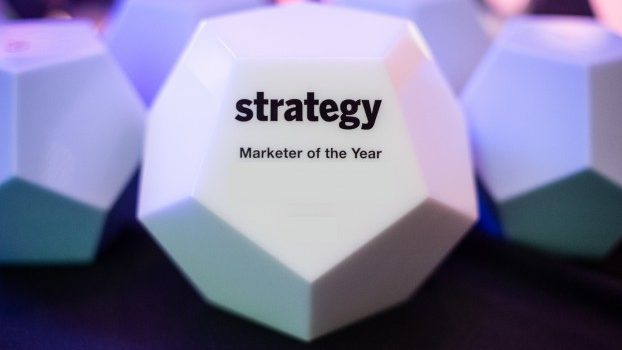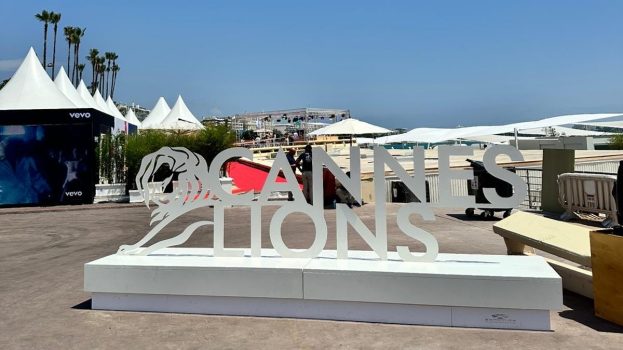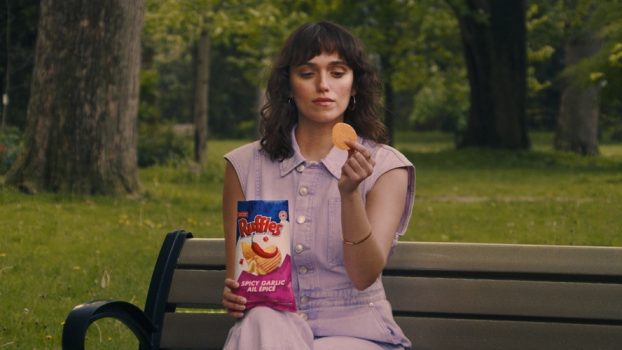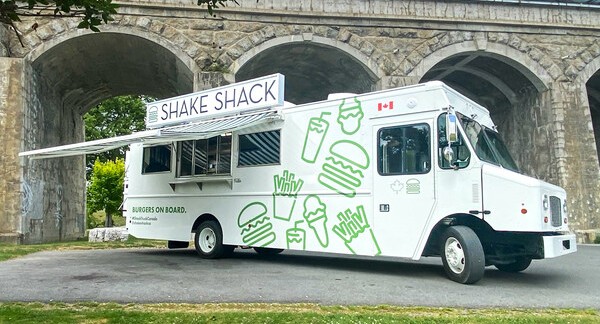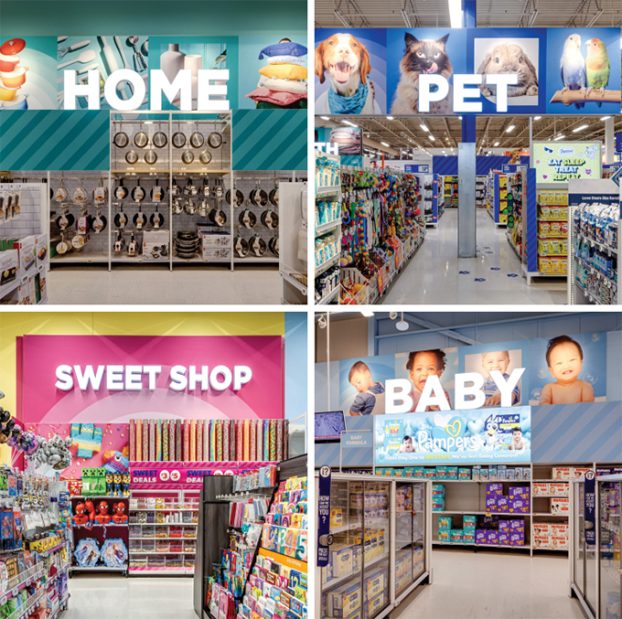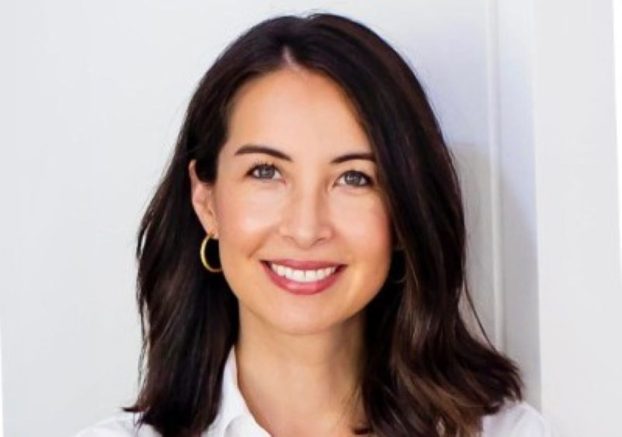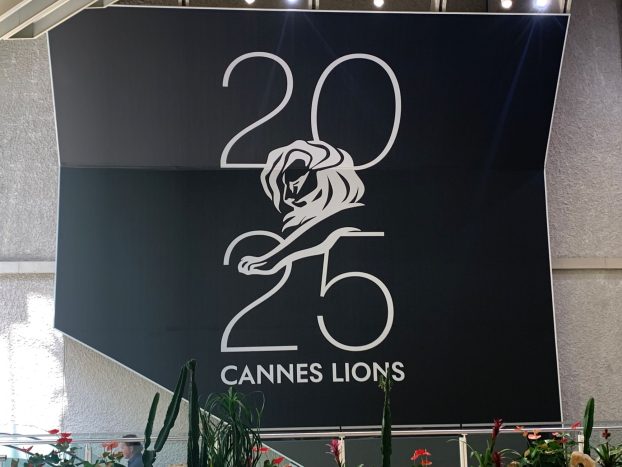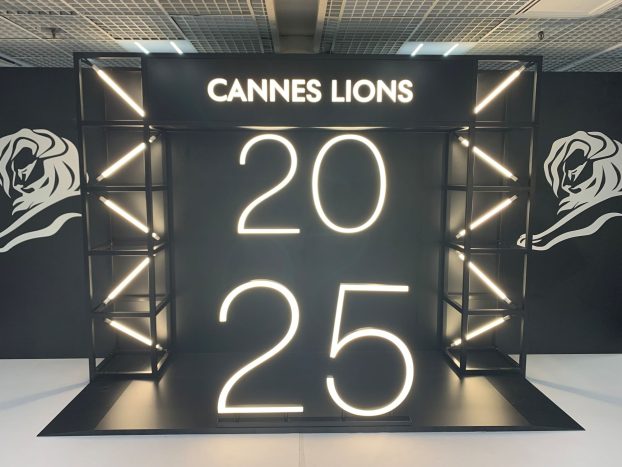We’re rolling out our Marketer of the Year profiles, diving into how six change agents each set new agendas for their teams, and came out swinging with a year’s worth of success. Check back here for more next week.
This article appears in the January/February 2017 issue of strategy.
When Andrea Graham, senior marketing executive at Leon’s, was hunting for an advertising agency, she was met with a lot of curious stares.
Agency executives she spoke with scratched their chins, trying to name someone – anyone – they knew who worked for Leon’s, she says.
Most came up empty. Others flat out told her they wouldn’t take the business if the brand was planning on doing more of the same jokey ads with an emphasis on price savings and product offering.
“Fair enough!” she says, laughing. “At least they’re honest.” Though the fact that the furniture retailer was looking to onboard a creative shop spoke volumes about its plans for the brand’s direction.
The reactions weren’t surprising, Graham says. The furniture brand hadn’t really changed its approach to marketing in the last 20 years – perhaps not coincidentally, the last time the brand had an external advertising agency on board.
But today, it’s ready to speak up. And Leon’s has come out swinging.
In the last 18 months since Graham joined the company, the retailer has brought on board an AOR (Taxi 2) and a media agency (OMD), partnered with the hugely successful Home To Win TV show on HGTV, launched a new masterbrand campaign, and built up an insights and research strategy from scratch. And it’s almost all thanks to Graham’s leadership.
Graham was previously Yum! Brands’ CMO, as well as the SVP of marketing at Canada Bread. She also helped launch the Tropicana brand in Canada in the ’90s while at PepsiCo. And though she helmed much of Leon’s recent efforts, the decision to pivot the retailer’s branding came after its mega-merger with rival The Brick in 2013.
The two furniture retailers share a similar product offering, positioning and target demographics, says Graham, and despite collectively controlling 17% of the furniture retail market, the competing stores were eating into each other’s profits. The competitive landscape was also changing, she says, with millennials in particular eschewing the two brands in favour of smaller, more contemporary retailers. Mass market furniture just doesn’t appeal to that cohort as much, she says.
The decision was made to tease the two companies apart in terms of branding – Leon’s taking on a more aspirational tone to The Brick’s cost-saving strategy. Quantitative research suggested The Brick customer was more deal-driven, whereas consumers returned to Leon’s for the value the retailer provided, she says.
Graham’s first move was to bring in Taxi 2 to serve as the retailer’s first ad agency in two decades.
“When we first met with them, we got the sense that [Leon’s] wants to appeal to new audiences,” says Jeff MacEachern, CCO at Taxi. “Andrea has been a huge advocate, spearheading that charge.” The pair came out early with a Quebec-based campaign tapping into the popular Moving Day trend by turning discarded furniture on streets into 3D coupons, which consumers could take photos of for in-store discounts. Graham credits the push as revitalizing the brand’s French sales force in particular, which was excited to have a tailor-made ad rather than just an English adapt.
The second goal was to set up a deeper dive into insights and research.
Working with external partners, Graham and her marketing team of 15 put a new system in place to benchmark brand tracking quarterly – something that had only been undertaken on an ad hoc basis prior to the merger.
“There wasn’t that same cadence of research I’ve enjoyed at other companies,” she says. “It was groundwork that needed to be done. If we were going to find the right positioning and evolve the brand to be unique, we had to invest in [research].”
The first insight gleaned from this tracking is that the brand’s current shopper is slightly older than anticipated: the 45-plus customer didn’t jive with its desired 35-year-old female target, which is where the brand is hoping to grow its presence.
That being said, Leon’s enjoyed very high loyalty among its customer base, Graham adds, which is important for the retailer that often sees consumers pop in and out of the category at irregular intervals. (It’s not every day a person buys a couch.)
Consumer shop-alongs with the under-45 set also revealed that, once in store, customers were often pleasantly surprised by the product offering, Graham says. The biggest challenge was getting them in the door – Leon’s simply wasn’t in their consideration set.
The decision was made to try and build a deeper emotional connection with the audience, veering away from the more tactical marketing approach the brand has taken in the past.
“Furniture advertising has been – in general – a functional game: price and promotion. And we’ll never walk away from that – promotion will always play a role,” she says.
“But it’s interesting because [furniture has] more than just functional benefits.”
Working with Taxi 2, Leon’s identified the emotional connection people have with furniture – that piece that can’t be lived without. “People get very attached to their furniture,” she says.
It was a trait shared across all age groups, she adds, which is important since the brand doesn’t want to alienate its very large and loyal over-45 consumer base.
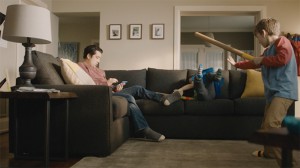 Under the tag “Part of the Family,” Leon’s rolled out a mass market campaign, including TV that depicted furniture as a family member. The brand supported the push with print because the core millennial demo over-indexes on home décor magazines, as well as an integration into the first season of HGTV’s Home to Win. The campaign, which launched in February and ran through June, helped increase traffic by 2%, a big boost for the brand.
Under the tag “Part of the Family,” Leon’s rolled out a mass market campaign, including TV that depicted furniture as a family member. The brand supported the push with print because the core millennial demo over-indexes on home décor magazines, as well as an integration into the first season of HGTV’s Home to Win. The campaign, which launched in February and ran through June, helped increase traffic by 2%, a big boost for the brand.
While benchmark brand tracking data on likelihood to shop and brand awareness won’t be ready until the new year, Graham suspects those numbers are on the rise based on early indicators. One Home To Win study, which tracked pre- and post-show likelihood to shop, increased 16% after only one season, Graham says.
In-store, the retailer is working on stocking more millennial-friendly products, such as lower-cost accessories that Graham says the brand was woefully under-serving, with the average price-point for lamps, art and decorative knick-knacks previously starting at $250. They’re also ramping up on customizable items, like couches and chairs, and on baby furniture, a category she says is underserved on the whole.
For furniture, the path to purchase is lengthy, with consumers researching online and typically visiting more than half a dozen sources for inspiration before turning to retailers. So the brand has been increasing its social media presence, creating a roadmap for the Leon’s blog as well as its various social platforms.
Online, Leon’s has expanded its pre-existing “Hello Yellow” room décor inspiration blog to include various digital programs, such as the “Hello Holiday” push.
Launched in early November – just in time for the holidays – the brand unveiled a 75-page shoppable lookbook, with design experts and bloggers curating their own festive holiday-scape using Leon’s furniture. Working with its new media shop, OMD, the retailer also partnered with House and Home magazine to create a shorter print insert using the same content, this time with a DIY/crafting theme.
Since creating this roadmap, Graham says the brand’s social following has increased immeasurably and is helping the brand get into the consideration set of the under-45 target.
It’s a very slow-moving process, she says. No one expects brand perception to change after just one year of heavy campaigning. Instead, this is a seven- to 10-year plan – and one that needs to be handled carefully to avoid alienating its more loyal 45-plus customer base, she says. The next step – and the goal next year – is to broaden the marketing reach to target even more millennials, in more ways.
Graham likens the experience to turning a cruise ship – it has to be slow and measured or it could make everyone seasick.
“You’ve got to be realistic about it,” she says. “The hardest thing in marketing is changing perceptions, so we recognize this is not an overnight thing. But we’ve got all the right steps in place to do it.”


